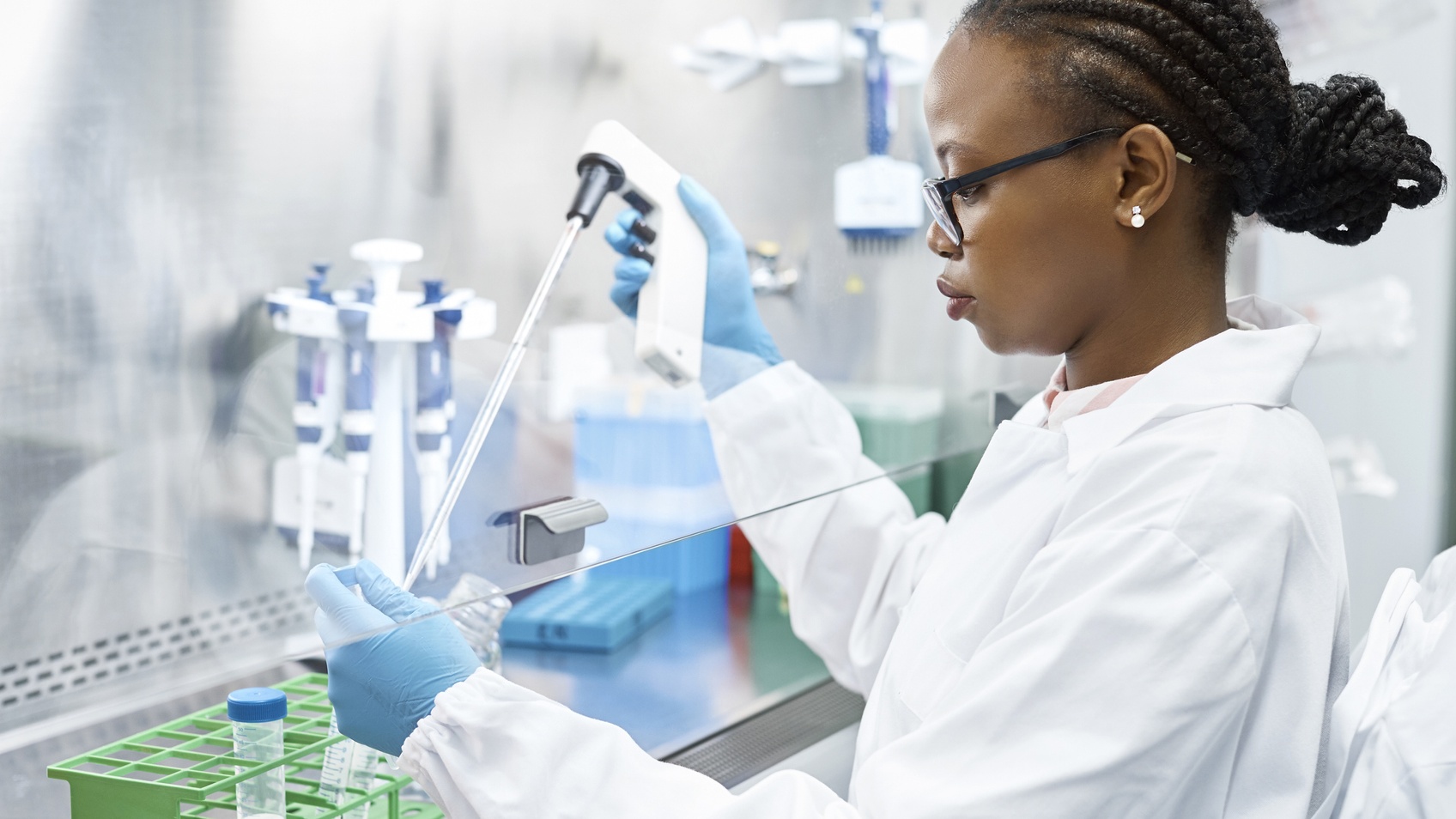Scientists said they have cured HIV in a mixed-race woman, making her the third person ever to be cured of the virus. Officials said the breakthrough discovery happened when an American research team used a new transplant method that is expected to cure more people of diverse racial backgrounds, The New York Times reports.
Umbilical cord blood, which was involved in the new transplant method, is more widely available than the adult stem cells used in the bone marrow transplants that cured the previous two patients, scientists announced on Tuesday. Additionally, cord blood does not need to be matched as closely to the recipient.
Researchers say more people of diverse backgrounds could be cured of HIV.
According to the research team, most donors in registries are white. With the new method, however, a partial match can cure dozens of people from different backgrounds who have HIV and cancer.
The woman involved in the latest study also had leukemia. When she received cord blood to treat her cancer, it came from a partially matched donor. In the past, scientists would need to find a bone marrow donor of a similar race and ethnicity. Presenting their case at a conference in Denver on Tuesday, researchers said the woman also received blood from a close relative to give her body temporary immune defenses.
Scientists said HIV in women progresses differently than it does in men. Women account for more than half of HIV cases in the world but only make up 11% of participants in cure trials.
The two other patients faced serious side effects from the treatment.
Dr. Steven Deeks, an AIDS expert at the University of California, San Francisco, said the patient's sex and racial background in the latest case marks a significant step forward in the fight against HIV.
“The fact that she’s mixed race, and that she’s a woman, that is really important scientifically and really important in terms of the community impact,” Deeks told the Times.
Although drugs are available to cure HIV, scientists are still looking for methods to eradicate the virus. About 38 million people are living with HIV worldwide, while nearly 73% are receiving treatment. Most patients are not able to benefit from a bone marrow transplant, a risky method that is generally offered to people who have run out of options.
Timothy Ray Brown and Adam Castillejo, the two other people to ever be cured of HIV, received bone marrow transplants from donors who carried a mutation that blocks HIV infection. The mutation, which has been found in about 20,000 donors, mostly comes from people of Northern European descent.
Brown and Castillejo faced serious side effects after receiving the transplants. Brown, who was virus-free for 12 years, died in 2020 of cancer. Castillejo lost nearly 70 pounds in the year after his treatment. He also developed a hearing loss and battled multiple infections.
The woman of the latest study was diagnosed with leukemia in 2017.
The woman in the latest case, who was diagnosed with HIV in June 2013, spent 17 days in the hospital after her transplant. Unlike the men, she didn't feel the same intense side effects. Dr. JingMei Hsu, the patient’s physician at Weill Cornell Medicine, said the relative’s cells might have saved her from the brutal side effects of a typical bone marrow transplant.
The woman, who is now past middle age, was diagnosed with acute myelogenous leukemia in 2017. That same year, she received cord blood from a donor with the mutation that blocks HIV’s entry into cells. This was also when she received the partially matching blood stem cells from a relative in order to support her immune system until the cord blood cells became dominant.
“The transplant from the relative is like a bridge that got her through to the point of the cord blood being able to take over,” Dr. Marshall Glesby, an infectious diseases expert at Weill Cornell Medicine of New York who was also part of the research team, said.
Now, the woman is not showing any signs of HIV in blood tests.
“Umbilical stem cells are attractive,” Deeks said. “There’s something magical about these cells and something magical perhaps about the cord blood in general that provides an extra benefit.”
